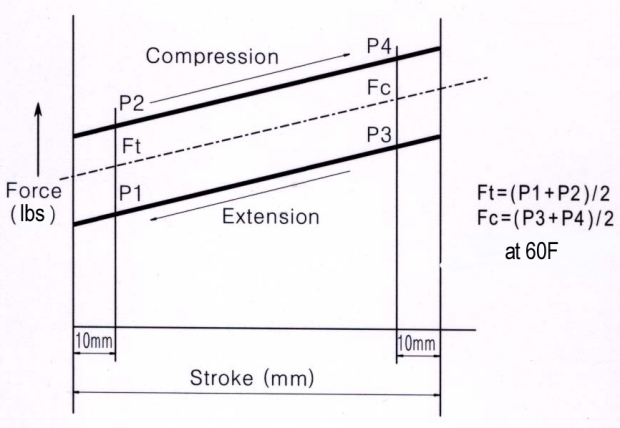Understanding Gas Springs, Struts, & Shocks
The technical details of gas springs are critical to the proper fit and functioning of many items we use regularly in our work and home life. Gas springs control the motion and speed of components as they open and close. They are used in many industries and are often installed on moving parts in furniture, boats, RVs and campers, cars, commercial trucks, and vans. They are also used as component parts of manufacturing machinery. While gas springs is the most common name, they are also called gas struts and gas shocks.
Signature Series Gas Springs supplies top-quality gas springs to many original equipment manufacturers (OEMs). We provide an effective, compact, lightweight, and inexpensive solution for lift-assist applications. When you buy a new boat or RV, space-saving furniture, or even a hot tub, you might find Signature Series Gas Springs installed on your new purchase. We also supply the aftermarket with replacement gas springs for all of these products and industries.
Technical Details and Expert Assistance
Important performance specifications to consider when searching for replacement gas springs include stroke, compressed and extended lengths, and maximum force (P1). These technical details of gas springs determine how devices move, rotate, and are held in place. Also known as gas struts or gas shocks, they provide controlled assistance to support lifting, positioning, and lowering of system components, like lids, hatches, doors, assemblies, racks, windows, covers, hoods, and other devices. Gas springs provide smoother operation, are longer lasting, and require less maintenance than mechanical, coil spring alternatives.
For expert assistance with the technical details of gas struts, gas shocks, or gas springs, contact Newport Engineering today. Our decades of expertise extend across numerous industrial sectors and our in-depth command of the technical details will ensure that your gas spring application is safe, efficient, and effective. The diagrams below can help you understand gas spring components and their technical details. And your awareness of these details can help us provide the best support and collaboration for your application.
Technical Details of Gas Springs, Gas Shocks & Gas Struts
This diagram shows the various parts of a gas spring. It can get a bit complicated when looking for the correct gas spring, so knowing the parts of a gas spring can be helpful.

When considering the specifications of a gas spring, it is important to understand the measurement points. The diagram below shows the various measurements and where they begin and end. The following explanations show the measurements needed to find the correct gas spring for your application.

Gas Spring Definitions:
A – Extended length (inches)
B – Stroke (inches)
C – Compressed length (inches)
D – Rod diameter (mm)
E – Tube diameter (mm)
P1 = Force in pounds at full extension
Do you want to see gas springs in action? Check out this quick, 15 second video.
